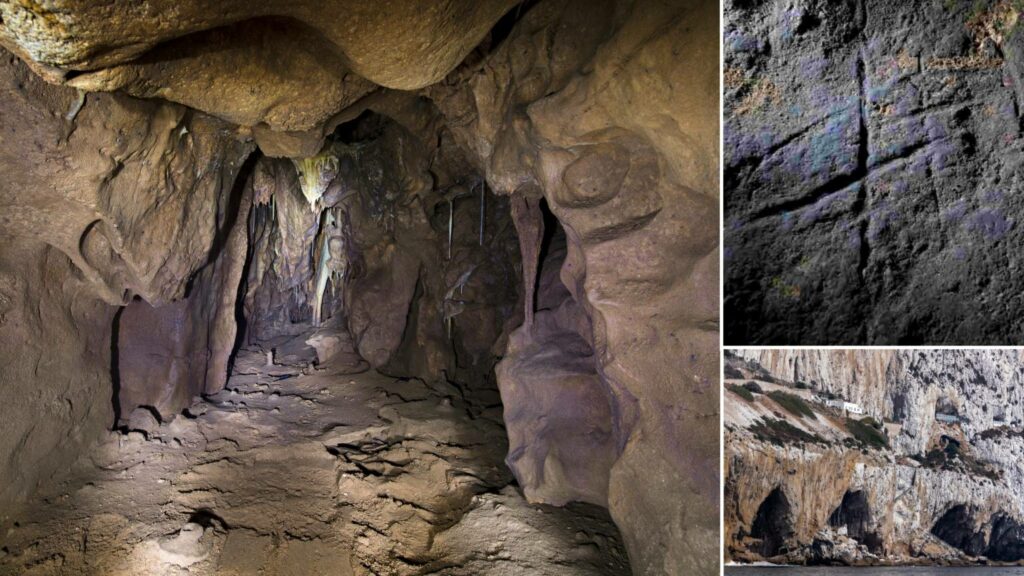
The mysterious ancient nanostructures discovered in the Ural Mountains could rewrite history!
These mysterious microscopic-objects discovered near the bank of Kozhim, Narada, and Balbanyu Rivers may completely change our perception of history.

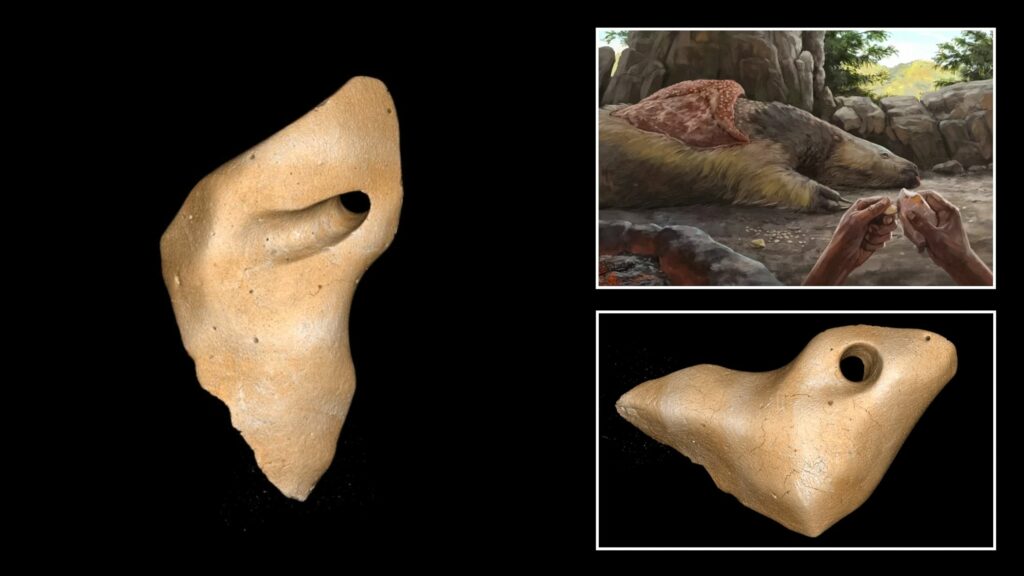

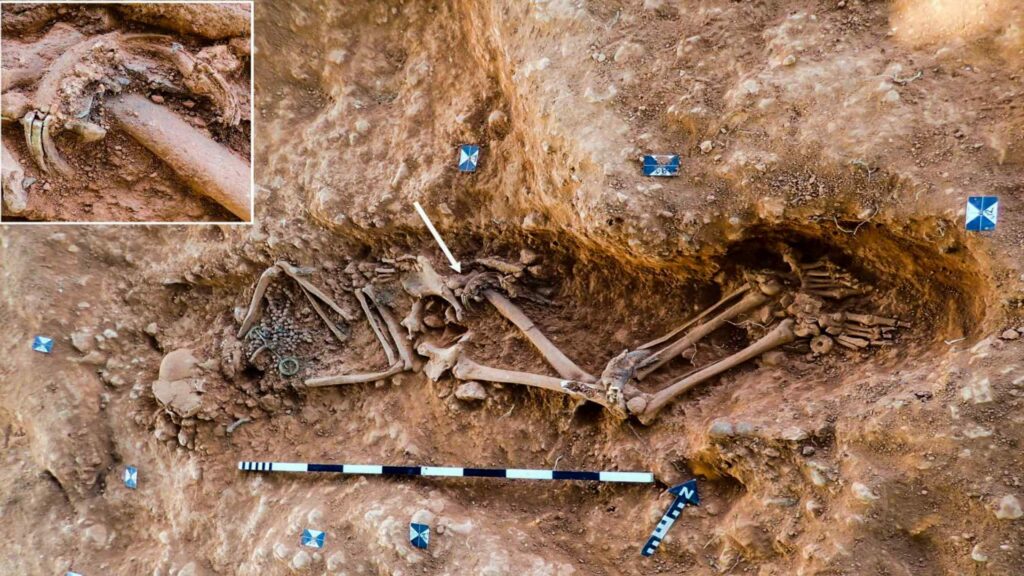
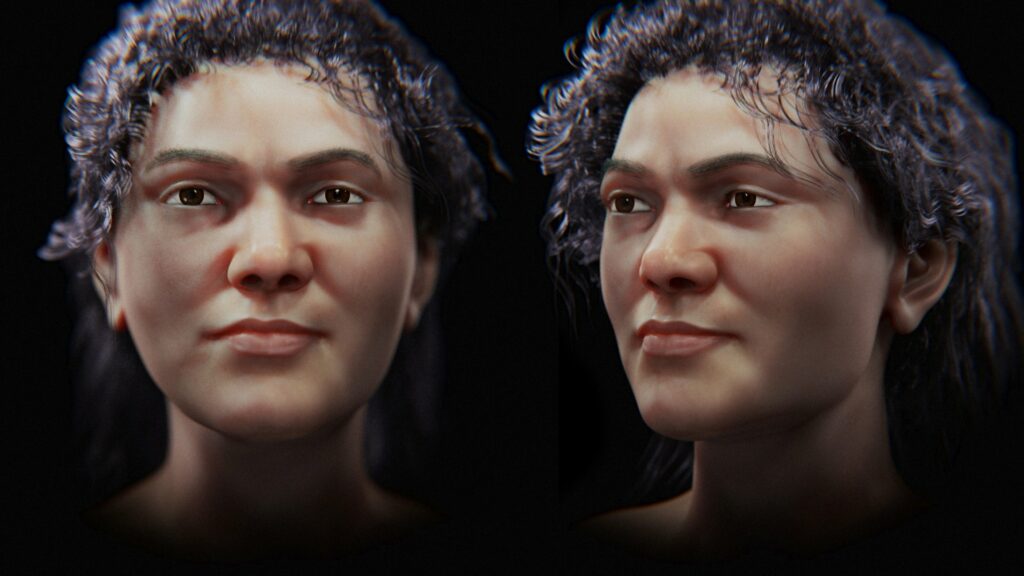
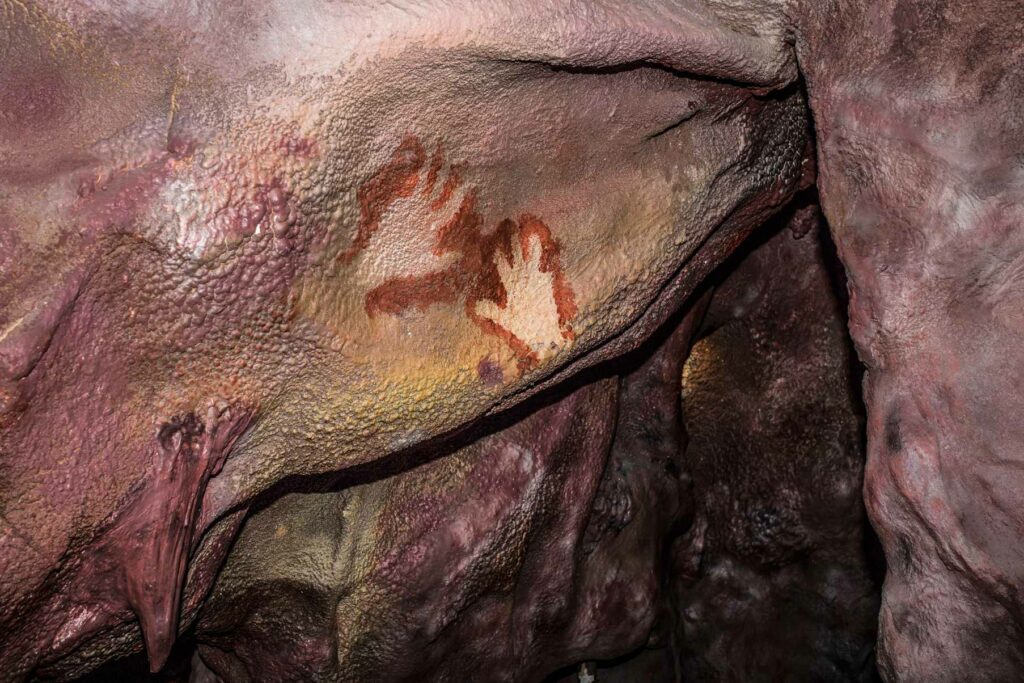
One of the most hotly debated questions in the history of Neanderthal research has been whether they created art. In the past few years, the consensus has become that they…
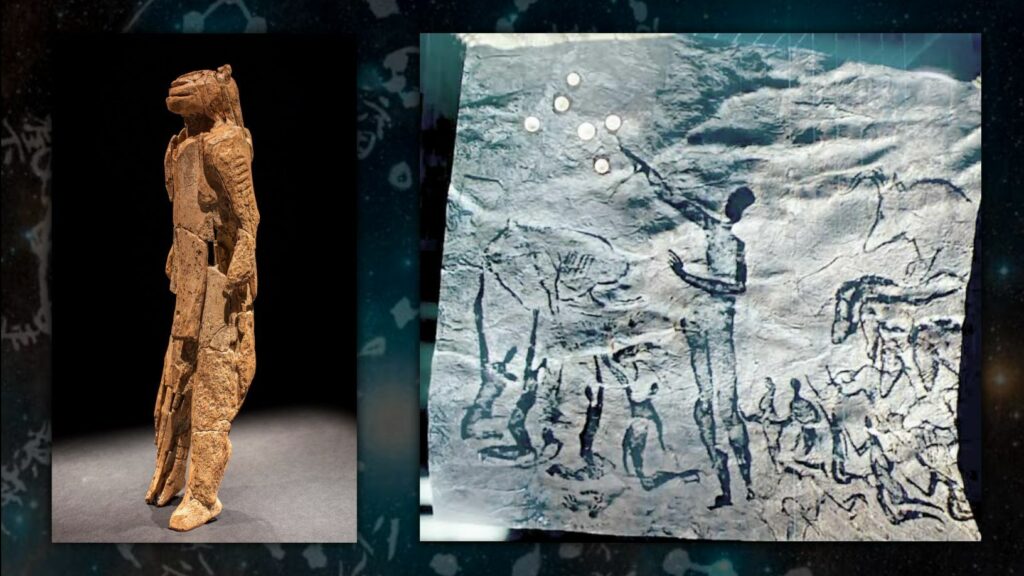
In 2008, a scientific study revealed an astonishing fact about the palaeolithic humans ― a number cave paintings, some of which were as old as 40,000 years, were actually products…

